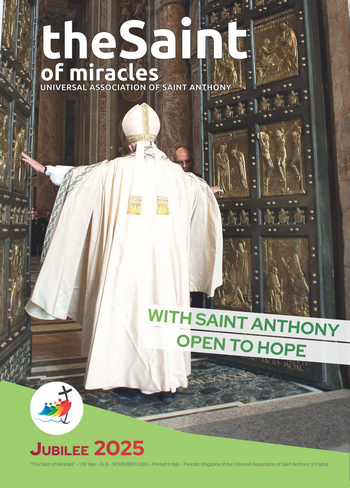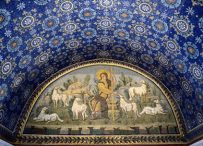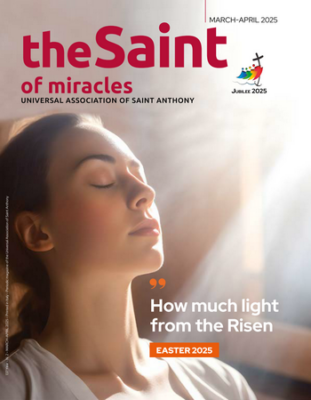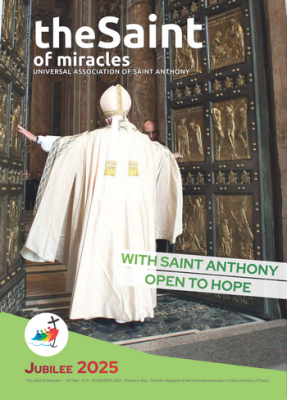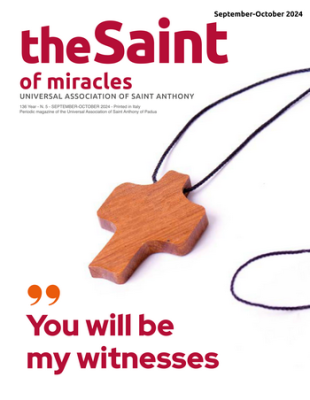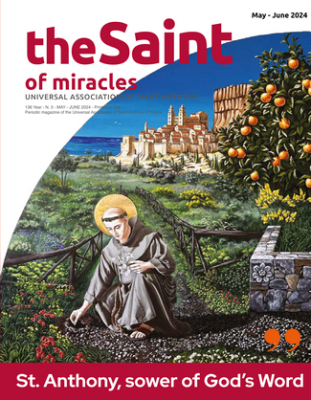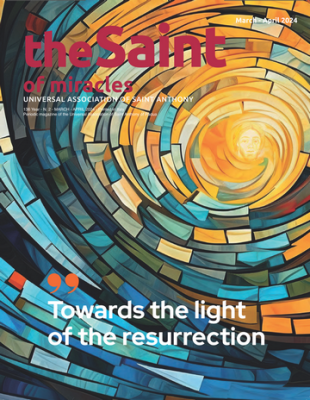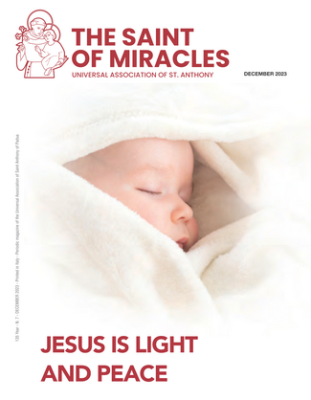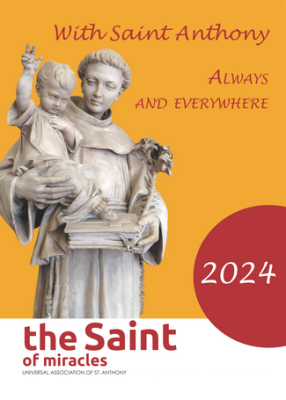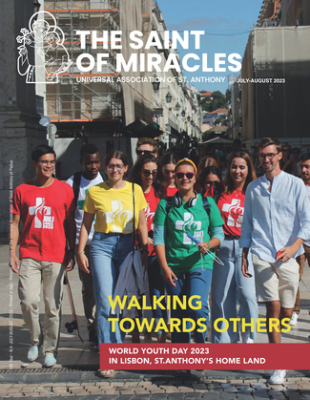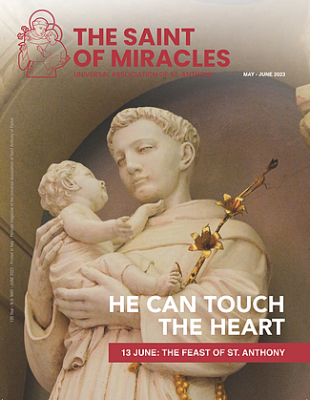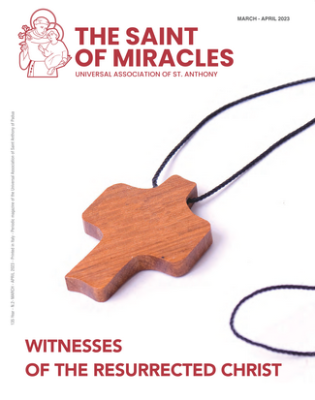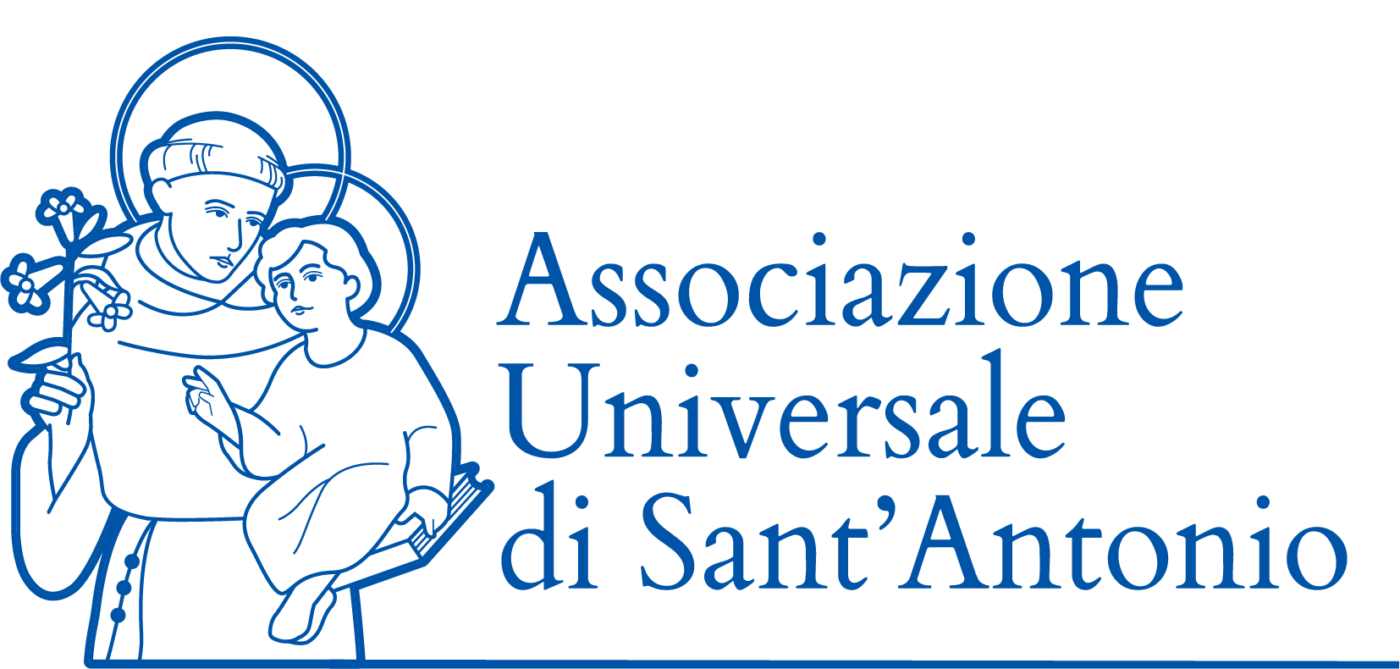From a symbolic viewpoint, the Holy Door takes on a special significance: it is the most powerful sign of the Jubilee, since the ultimate aim of the pilgrim is to pass through it. The opening of the door by the Pope constitutes the official beginning of the Holy Year. Originally, there was only one door, at the Basilica of St. John Lateran, which is the cathedral of the Bishop of Rome. Later, to allow as many pilgrims as possible to take part in the Jubilee experience, the other Roman Basilicas also opened their own holy doors.
In crossing the threshold of the Holy Door, the pilgrim is reminded of the passage from chapter 10 of St John’s gospel: “I am the door. If anyone enters by me, he will be saved and will go in and out and find pasture.” Passing through the Holy Door expresses the decision to follow and be guided by Jesus, who is the Good Shepherd. The door is a passageway that ushers the pilgrim into the interior of a church. For the Christian community, a church is not only a sacred space, to be approached with respect, with appropriate behavior and dress code, but it is a symbol of the communion that binds every believer to Christ: it is a place of encounter and dialogue, of reconciliation and peace which awaits every pilgrim, the Church is essentially the place of the community of the faithful.
In Rome, this experience takes on a special significance because of the special links between the Eternal City and Saints Peter and Paul, the apostles who founded the Christian community in Rome and whose teachings and example are models for the universal Church. The tombs of Saints Peter and Paul are located in Rome, they were martyred here; and together with the catacombs, these sacred sites are places of continuous spiritual inspiration.


 Italiano
Italiano Français
Français